- Spring Edit
- Blog
- Salon Locator
- Personal Account Salon locator
- Newsletter Subscription
- Shop Best Sellers Buy now, Pay Later
THE ECO-DESIGN CHOICES BEHIND DAVINES PACKAGING
The story of a shampoo bottle begins long before it arrives in your shower! At Davines, we study the most low-impact packaging solutions for all our products.
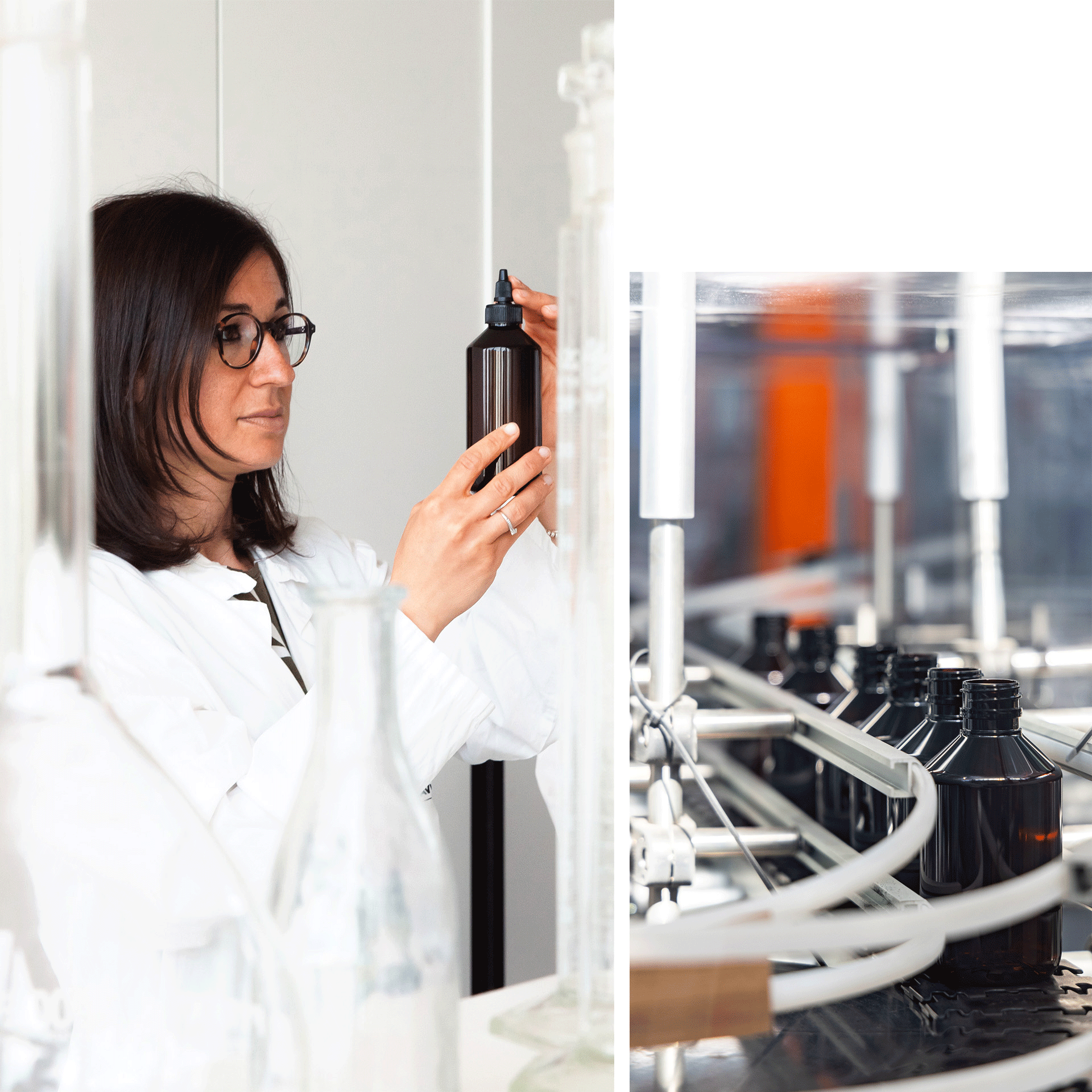
At Davines Village, we have a department called Packaging Research and Development that, thanks to the principles of eco-design, studies the most low-impact packaging solutions for all our products.
Only once we are satisfied with the results of our research – about environmental impact, material innovation, and industrialization efficiency – it’s possible to move on to production without compromising on quality and safety.
And our suppliers also respect our values. For example, Punto Pack – a local manufacturer from the Parma area - produces packaging in post-consumer recycled plastic. And following our example, it has also become B Corp.
How many of you have ever heard of eco-design? In Davines, eco-design became the guiding light of circular packaging development. Let’s explore together our main principles:.
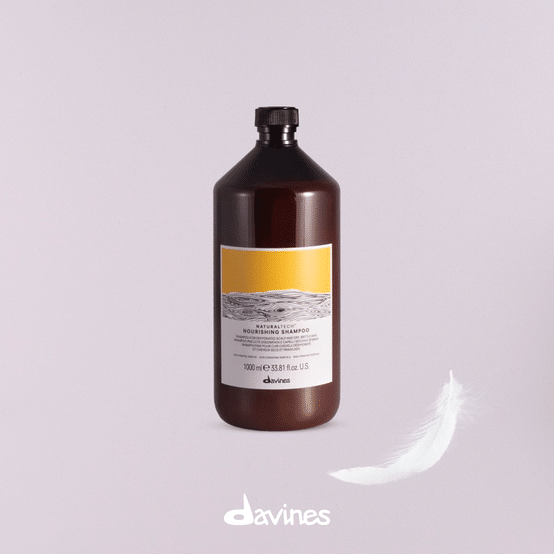
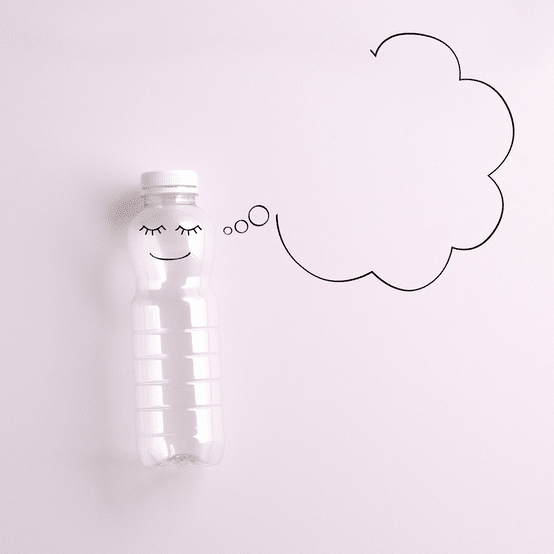
The recycled plastic that we use for our packaging comes mainly from PET plastic bottles: we are sure that they dream to become one of our shampoos!
Remember that the second fundamental eco-design principle we keep in mind is the use of circular materials, recycled or coming from renewable sources. Especially when speaking about plastic, the use of recycled materials becomes even more important.
We monitor all the packaging materials of the products manufactured at Davines Village, and we are happy to share that - from 2014 to 2022 – we reduced the share of virgin fossil plastic by more than 60%, using indeed recycled and bio-based plastic.

One of the most interesting - and unique - aspects of Davines packaging is that it can be reused for other purposes and have a second life even before recycling. For example, the packaging of Essential Haircare or Naturaltech conditioners can become beautiful pots for plants or containers for your small household items. Thanks to their minimalist and iconic design, these re-purposed pots can be the protagonists of any salon, office or house. So before doing the separate collection of Davines products, experiment with creative reusable solutions: thanks for your contribution to circularity!
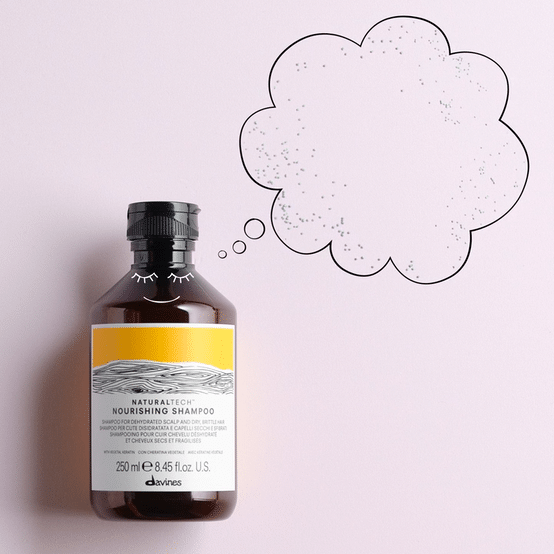
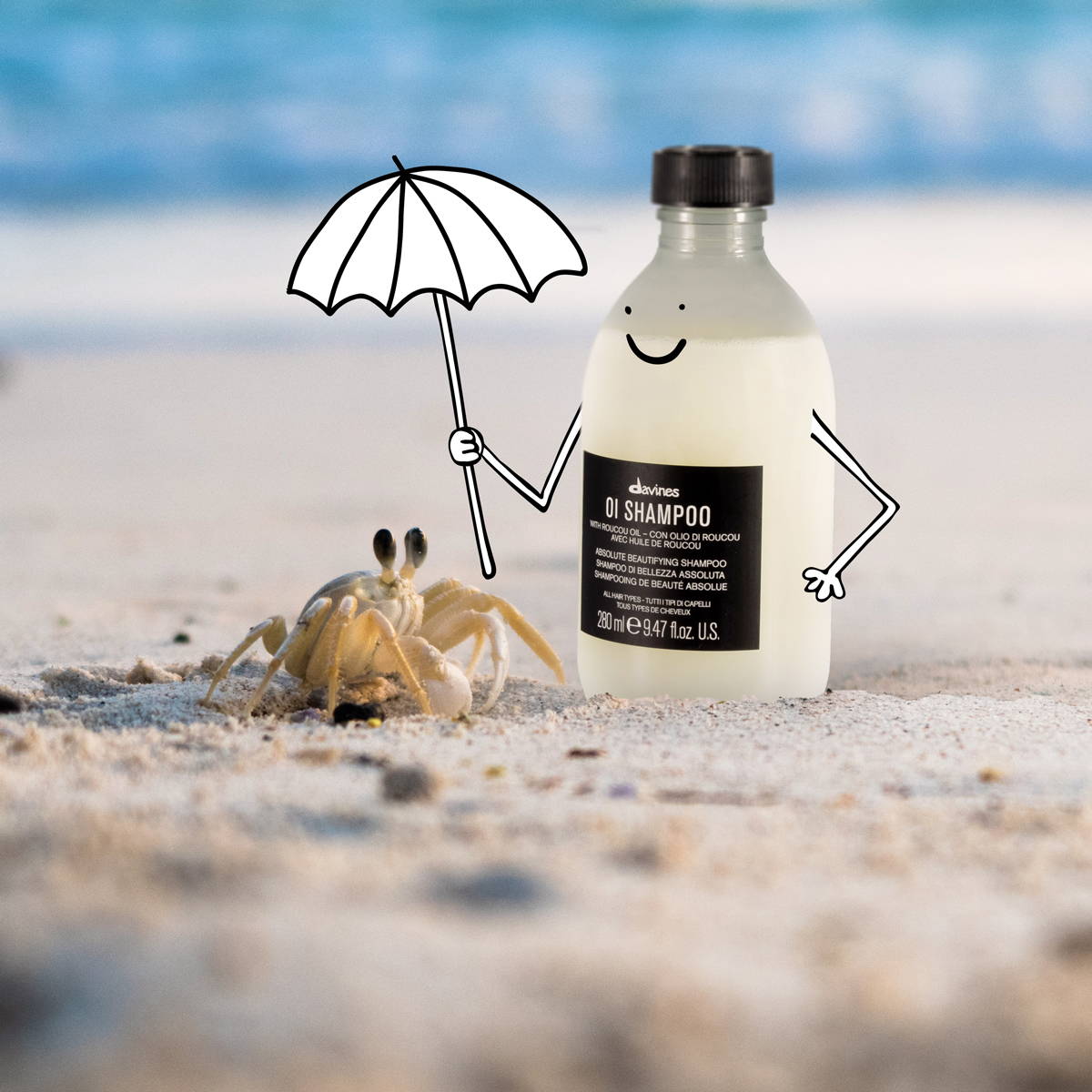


A fundamental guideline that we follow, in the choice of our packaging, is the reduction of CO2 emissions and other green-house-gases to combat climate change. However, we are aware that every human activity - even the one carried out with the greatest care - has an impact on the planet. No matter how much we work hard, we are not yet able to cut all the emissions related to our packaging: but still, we can be responsible for all those that remain.
That’s why we also try to take care of the emissions we cannot yet reduce, by neutralising part of the carbon impact of our products, including the emissions related to the packaging itself. We do this by investing in reforestation projects, which are Plan Vivo certified.
WE SUSTAIN BEAUTY
Our first global socio-environmental campaign, protecting biodiversity and promoting regenerative organic agriculture.
SUSTAINABILITY REPORT
On our path of creating a good life for all, we are honored to share with you our impact report 2021/2022.
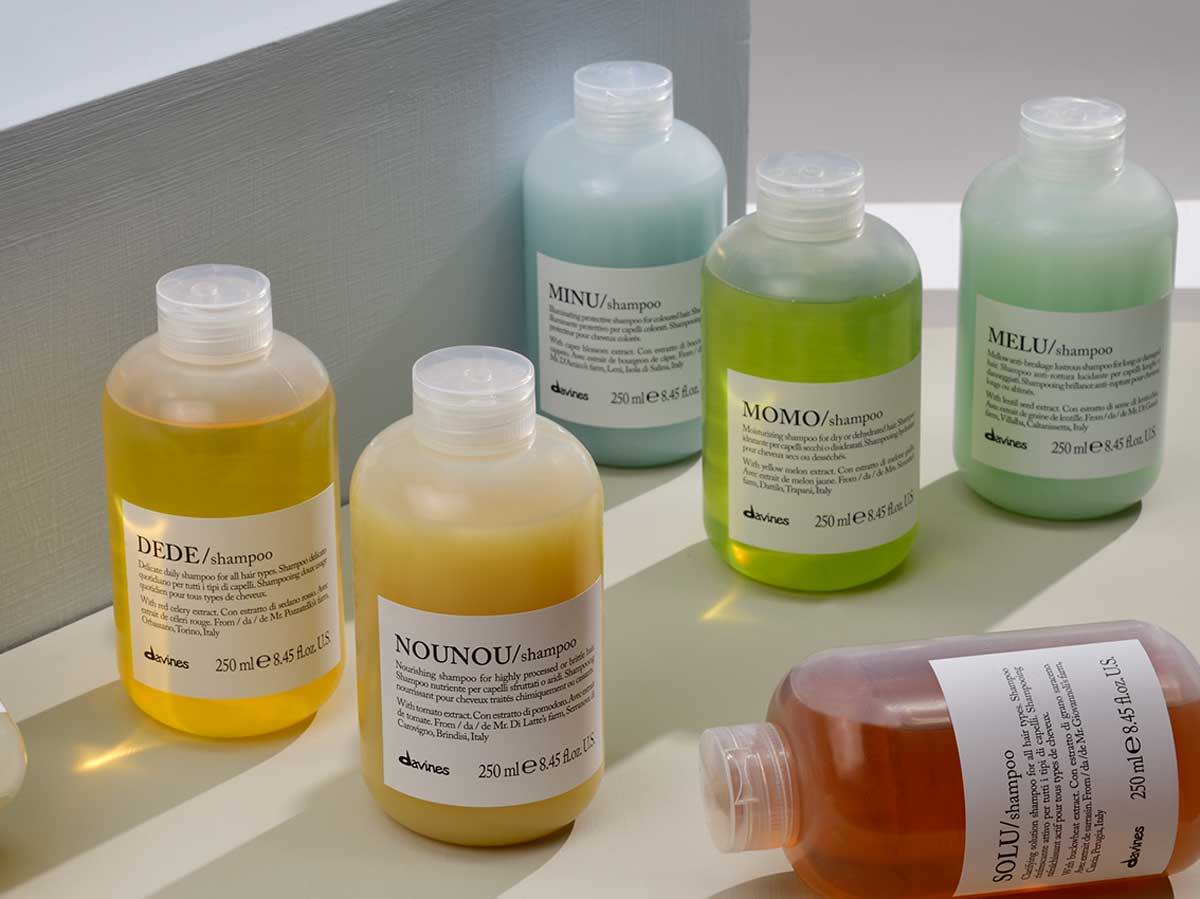
BEST SELLERS
From shampoo to styling! Meet our most loved formulas, that are good for your hair and the planet, too.